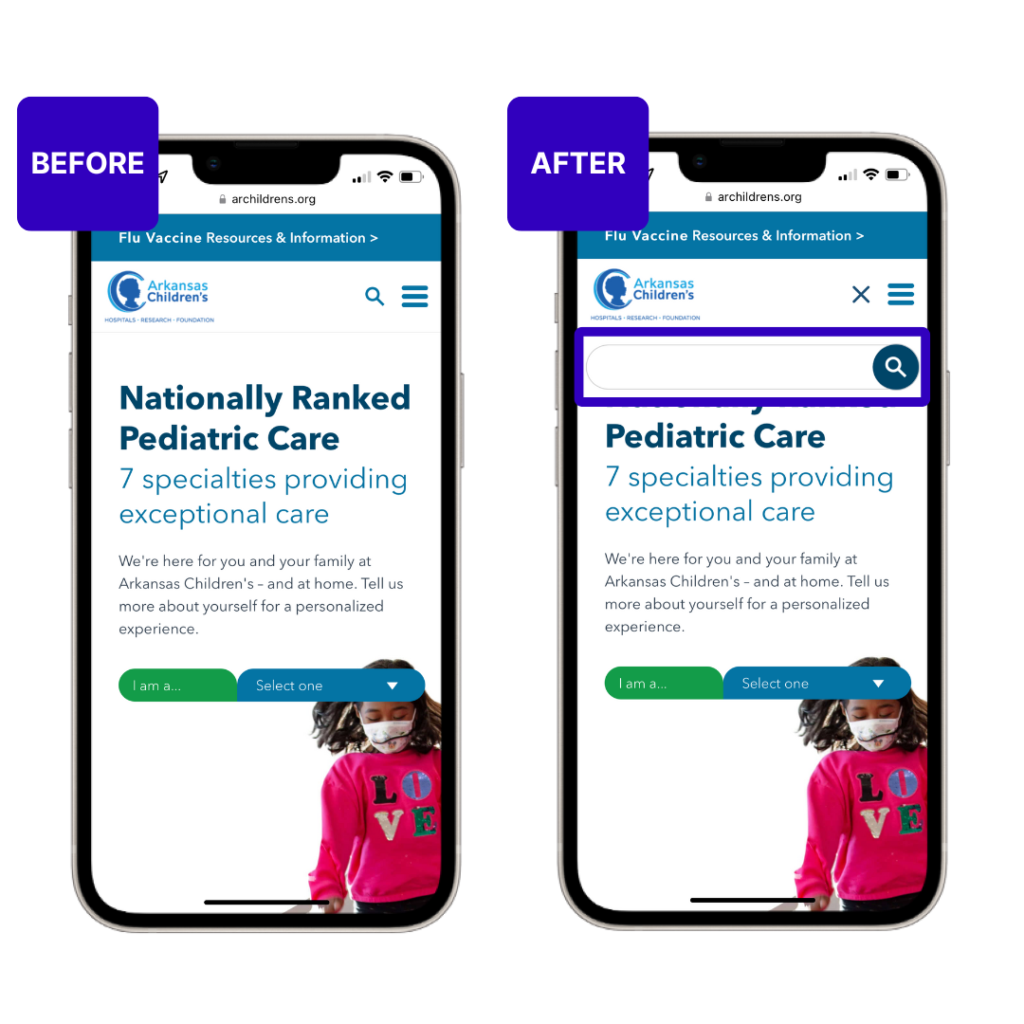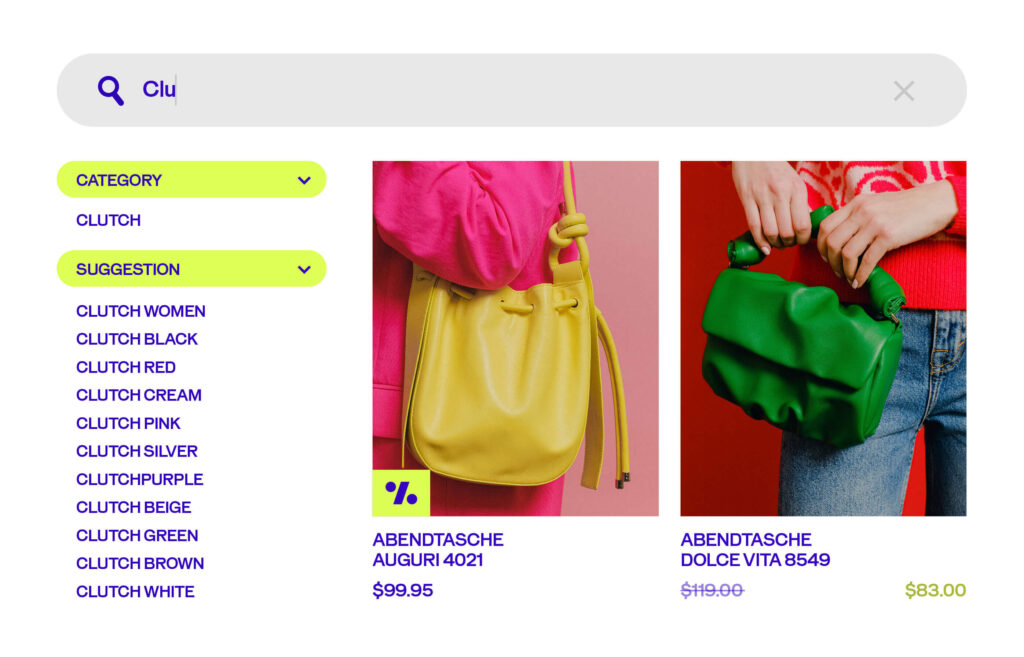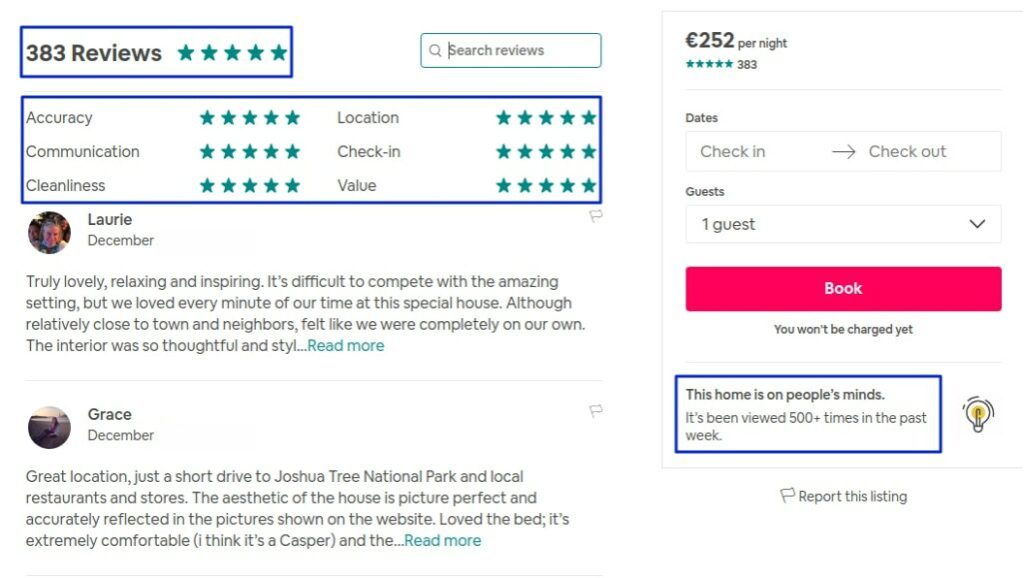Online merchandising is more than just showcasing products; it’s capturing your audience’s attention, keeping them engaged, and guiding them smoothly toward a purchase. Let’s explore the essentials of online merchandising, breaking down actionable tips and strategies to elevate your e-commerce storefront.
What is Online Merchandising?
Online merchandising is the art of strategically organizing, showcasing, and promoting products on your e-commerce site to maximize engagement and conversions. Think of it as combining the precision of data analytics with the creativity of visual storytelling. Whether it’s through well-optimized product pages, eye-catching images, or personalized recommendations, the goal is the same: making shopping intuitive and enjoyable.
The Rise of Mobile-First Merchandising
Mobile is king in e-commerce. Have you ever noticed that smartphones seem to be glued to our hands? You’re not alone. According to Statista, over 54% of global website traffic now comes from mobile devices. For e-commerce, this means a mobile-first approach is non-negotiable.
How to master mobile merchandising:
- Responsive Design: Online shopping is no longer linear. You have to ensure that your site is responsive across devices for a smoother shopping experience. This means making sure your design is responsive on desktop, mobile, and tablets.
- More speed = more spending: According to Deloitte, a mere 0.1s change in loading time can improve the customer journey and improve conversion rates. It’s time to start minimizing code, optimizing images, and reducing redirects to speed up your mobile performance.
- Streamlined Filters: Simplify searches with easy-to-use filters that don’t feel overwhelming on a smaller screen.
- Mobile-Friendly CTAs and Buttons: On desktops, consumers click. On mobile, visitors tap with their fingers. A CTA (or any button) that’s too small can lead visitors to click on the wrong icon and derail their user journey. The CTA should be an optimal size (around 44×44 pixels) to avoid frustration.
- Make your words worth it: With the constraints of a smaller screen, you may need to adapt your copy. Something as simple as changing your CTA button from “Contact Customer Service” to “Contact Us” can have a big impact.

Pro Tip: Dive further into mobile-first merchandising with our Smartphone Survival Guide to see how mobile impacts consumer behavior and how you can optimize your user experience to boost conversions.
Merchandising During Sales Periods
Sales periods like Black Friday, Cyber Monday, Singles Day, Valentine’s Day, or other seasonal events are more than just discounts galore – they’re an opportunity to drive traffic to your website, clear inventory, and welcome new visitors.
How to maximize impact during sales
- Curate Themed Landing Pages: Think “Gifts Under $25” or “Holiday Must-Haves.” Tailored pages simplify the shopping journey and give customers exactly what they’re looking for while saving them time browsing.
- Urgency Tactics: Phrases like “Limited Stock” or “24-Hour Sale” pressure visitors to buy quicker by creating a sense of FOMO (fear of missing out).
- Bundle Deals: Push more products in your inventory by highlighting bundles. Grouping products into bundles with a “frequently bought together” algorithm increases the average order value while offering perceived savings.

These strategies not only boost sales but also make your customers feel like they’ve struck gold on your website by finding just what they’re looking for.
The Power of Personalized Product Recommendations
Ever added a pair of shoes to your cart and instantly been tempted by a matching belt? That’s cross-selling at work. Personalized recommendations, when done right, are like having a helpful salesperson who’s available 24/7 to help you find what you need. So, how do you implement recommendations?
Implementing Recommendations:
- Use AI to Analyze Behavior: With experience optimization platforms like AB Tasty, you can implement personalized recommendations by using their AI-powered recommendation engine to predict and personalize what visitors might like based on past activity.
- Offer Related Products: When visitors start browsing different products, you can show complementary items to help your customers have the most complete purchase. Selling skincare? Why not recommend helpful products to help your visitors “complete their nighttime routine.”
- Personalize Email Follow-ups: Abandoned carts? Send a friendly nudge with personalized email recommendations to remind your customers what’s waiting in their basket.

Want to see the results of recommendations in action? Check out Alltricks’s success story where they saw a +5% in average order value or Jacadi earning +13% more revenue per user with AB Tasty’s recommendations and merchandising solution.
Optimizing Product Pages for Search Engines
Your product pages are like magnets for customers – if they’re SEO-optimized. According to AB Tasty’s E-commerce Consumer Trends Report, nearly half of online experiences begin with a search engine. By improving your SEO and therefore visibility, you’ll make it easier for shoppers to find you.
Must-Have SEO Features:
- Targeted Keywords: The more details – the better. It’s always best to use longer, search-friendly terms like “women’s waterproof hiking boots” rather than generic ones like “boots.”
- Enticing Meta Descriptions: In addition to a descriptive title, the meta description is your one opportunity to communicate key information about your product with a short, clickable summary to draw in potential buyers.
- Alt text for images: Not only does alt text help you meet accessibility standards, but it also improves your chances of showing up in Google Image results.
- Detailed Product Descriptions: write descriptions that are informative and keyword-rich while avoiding keyword stuffing.

Leveraging Customer Reviews and Returns Data
Did you know that the majority of consumers read reviews before buying? In fact, Gen Z considers reviews to be the most important thing to consider before making a purchase (source). Reviews help build trust and provide social proof which helps undecided shoppers feel more confident in their purchases.
Ways to Leverage Reviews:
- Spotlight success stories: We all love a zero-to-hero story! Highlight top-rated reviews directly on product pages to give confidence to your potential buyers.
- Encourage feedback: Be proactive in building reviews for your e-commerce site by sending a post-purchase email asking for reviews (bonus tip: offer a small discount or loyalty points as an incentive).
- Feature photos: Take your reviews a step further by encouraging your buyers to upload user-generated images of your products in real life to help build trust.

Turn returns into opportunities
Returns aren’t the end of the world, they’re learning opportunities. Analyze return trends to identify products, flaws, sizing issues, or misleading descriptions. Then, tweak your strategy accordingly to reduce future returns.
Conclusion:
Online merchandising is where creativity meets strategy. By embracing mobile-first designs, leveraging AI, optimizing for SEO, and personalizing the shopping experience, you can turn casual browsers into loyal customers. In today’s competitive e-commerce world, standing out isn’t optional – it’s essential.
With these best practices, you’re not just selling products, you’re creating an experience worth remembering.
FAQs: Online Merchandising
- What is online merchandising, and why is it important?
Online merchandising is the process of strategically presenting products on your website to boost sales and engagement. It’s vital because it directly impacts the customer experience and your bottom line.
2. How does mobile-first design impact online merchandising?
A mobile-friendly site ensures a seamless experience for the majority of shoppers, who browse and buy via smartphones. This boosts conversions and reduces bounce rates.
3. How can I optimize my product pages for better visibility?
Use targeted keywords, detailed descriptions, high-quality images, and SEO-friendly meta tags to improve both search rankings and user engagement.
4. Why are customer reviews crucial for online sales?
Reviews provide social proof, build trust, and influence purchasing decisions. Highlighting reviews can significantly boost conversions.
5. What tools can help with AI-driven merchandising?
Platforms like AB Tasty offer advanced AI features to personalize recommendations and enhance the overall online shopping experience.







